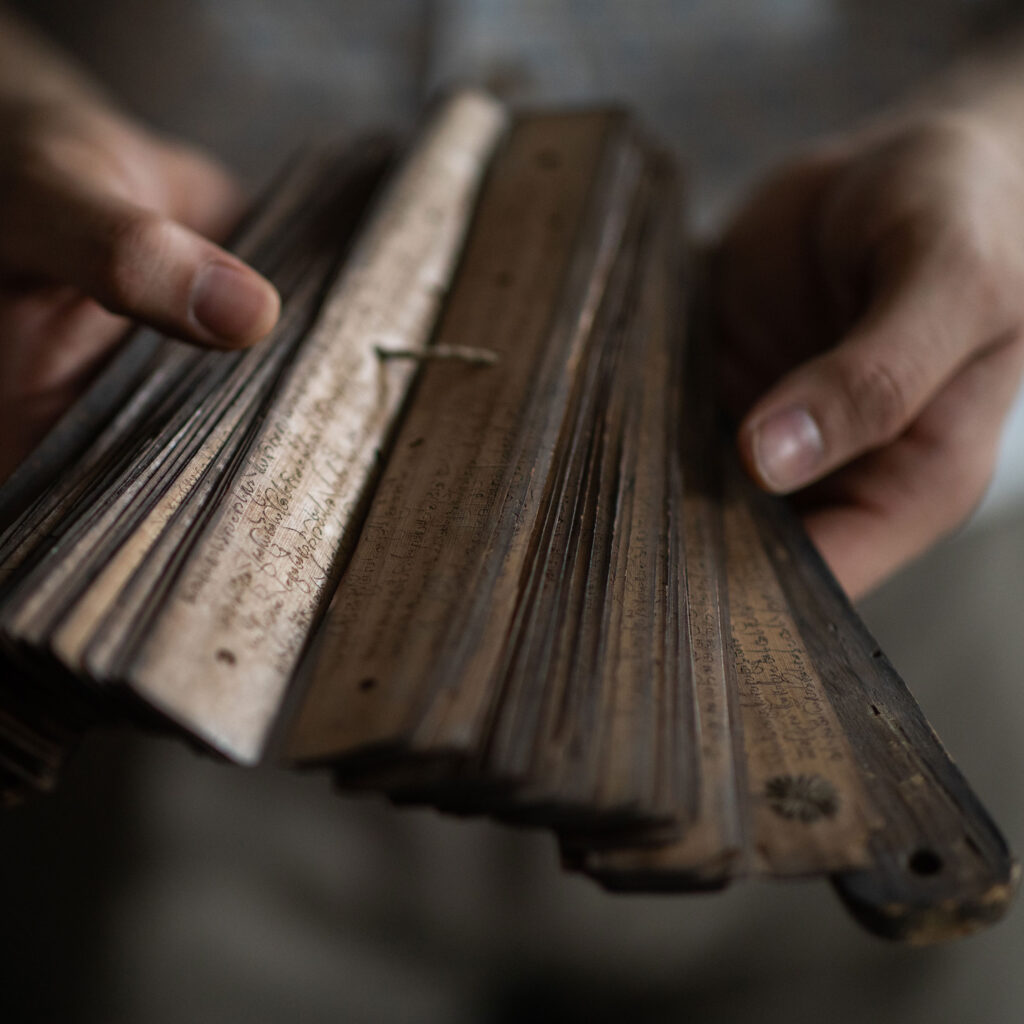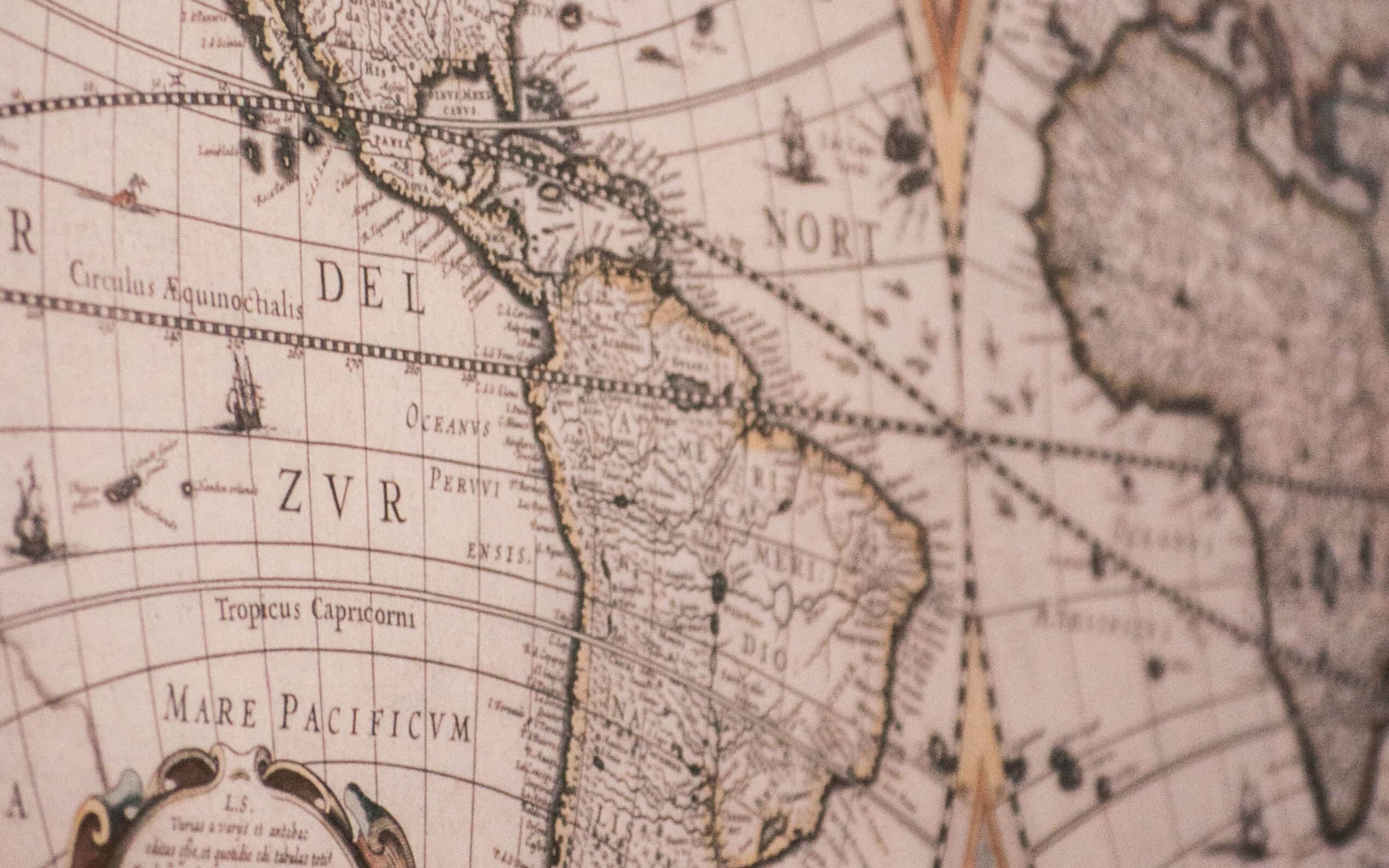“Researchers and librarians are working together with knowledge keepers to preserve and re-examine the past while exploring new ways to showcase hidden stories in our present moment. We hope that this kind of collaboration will set a global example for how research libraries can participate in bringing together bright minds and innovative technologies to spark wonder and new connections.” U of T Libraries IT Director Sian Meikle will help make many of these collaborations possible as one of the project’s co-primary investigators.
Alongside Meikle and Gillespie, Institute for Advanced Study (IAS) Professor Suzanne Conklin Akbari will help drive the project’s goals and outcomes. Akbari was a professor at U of T for nearly 25 years, including serving as director for the Centre for Medieval Studies between 2013 and 2018 before moving to IAS in Princeton, New Jersey. She was the co-curator for the Aga Khan Museum exhibition from which the project sprang.
Conservation of precious manuscripts is part of the project
The results of this team’s research will be made available through open-source code, open data repositories, academic publications, media posts, podcasts, videos and exhibits.
A component of the project is to find better ways to conserve precious manuscripts. While some are too fragile to open, other manuscripts made of parchment degrade through a process of gelatinizing.
“It’s where the page starts to physically break down on the molecular level,” says Jessica Lockhart, head of research for the Old Books New Science Lab. “We don’t really have a good conservation solution for that yet, so that’s part of the work.”
Other conservation issues include what’s known as the carbon black problem. CT scans of books reveal that the ink and the page are both made of carbon, which makes it difficult to distinguish in a scan, as is the case with some 16th-century Kashmiri birchbark manuscripts. Researchers turned to machine learning, imaging scientists, Sanskrit scholars, librarians and conservators to figure out how to conserve the book and read it.
Supporting community, affirming culture, recovering lost knowledge
But the project is much more than scanning old books. In addition to imaging and machine learning, it includes DNA analysis, ecosystem analysis, data management, and cataloging. It also involves dedicated funding toward communities of origins—the communities where the manuscripts were initially found.


